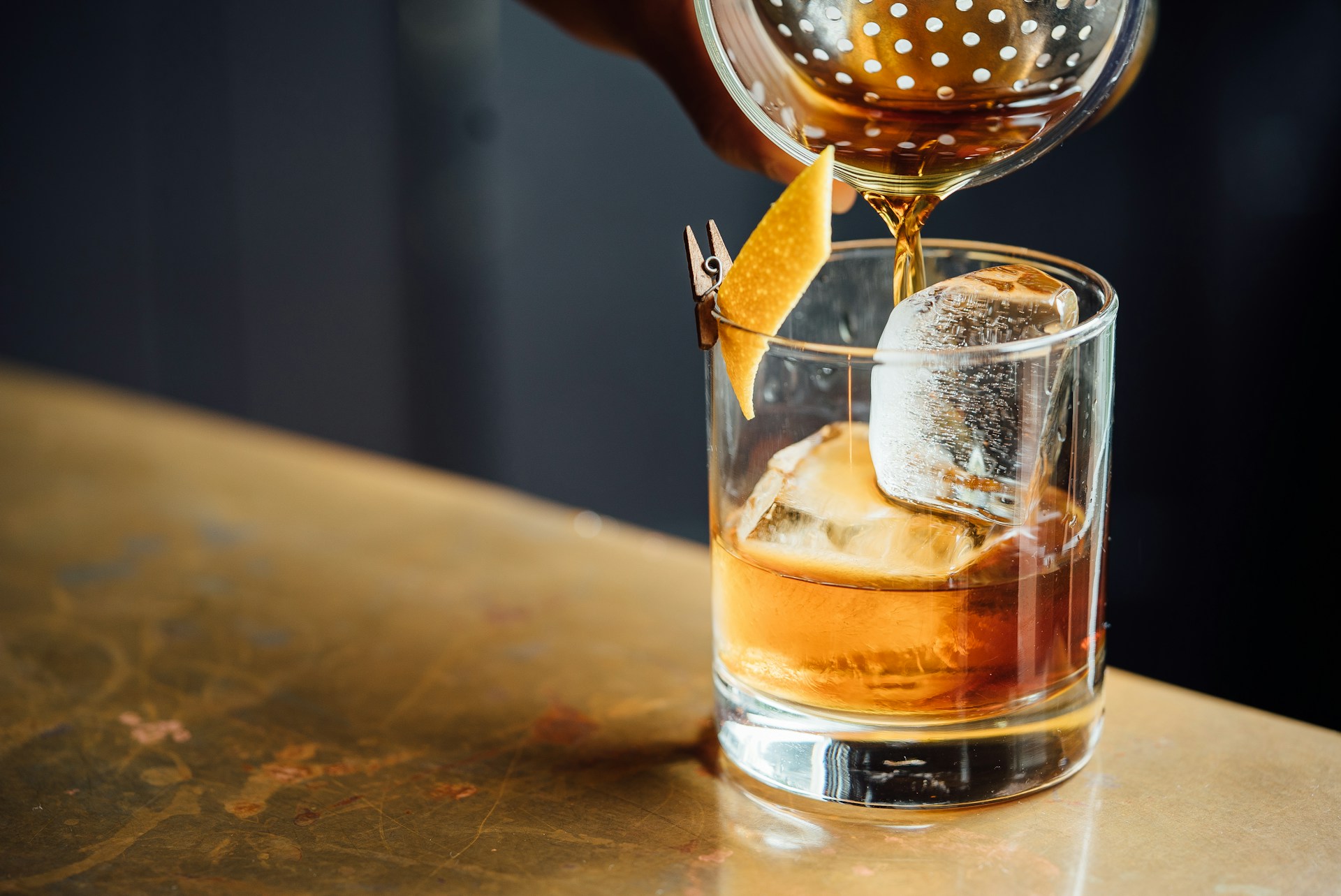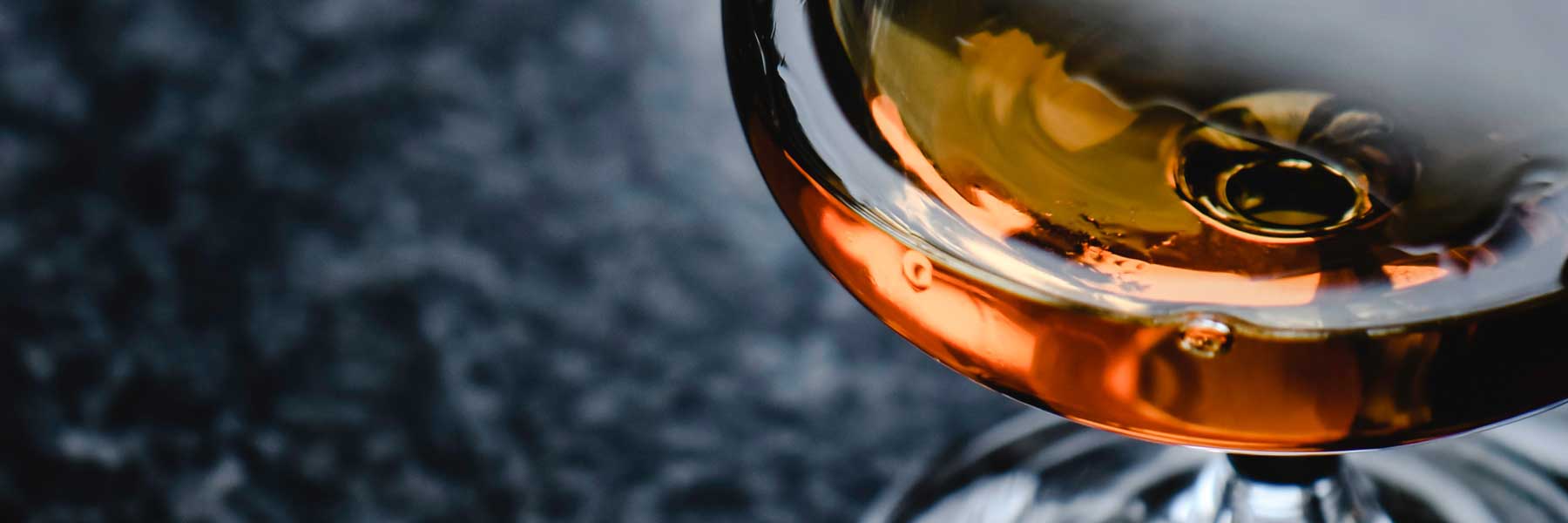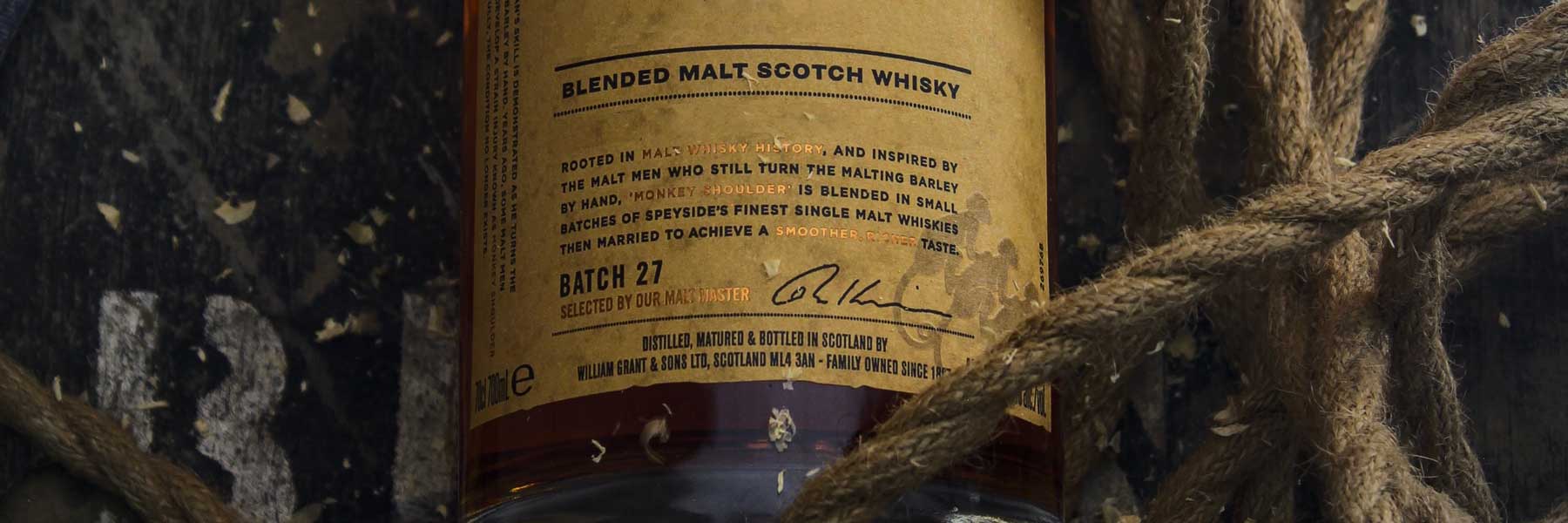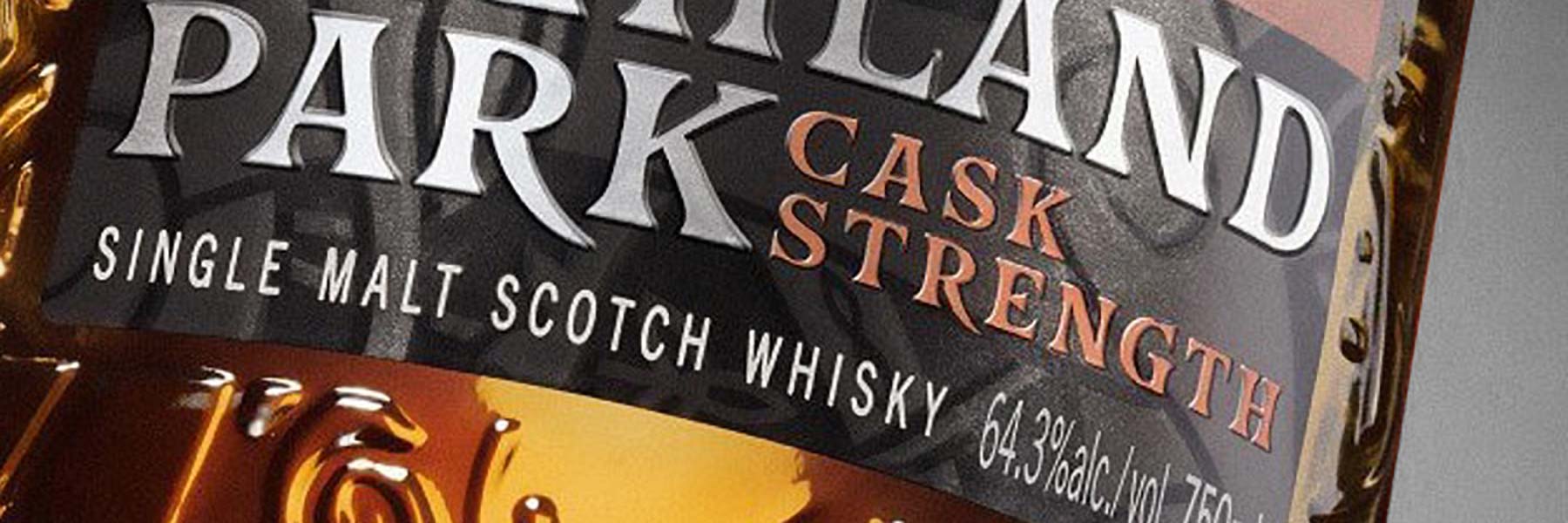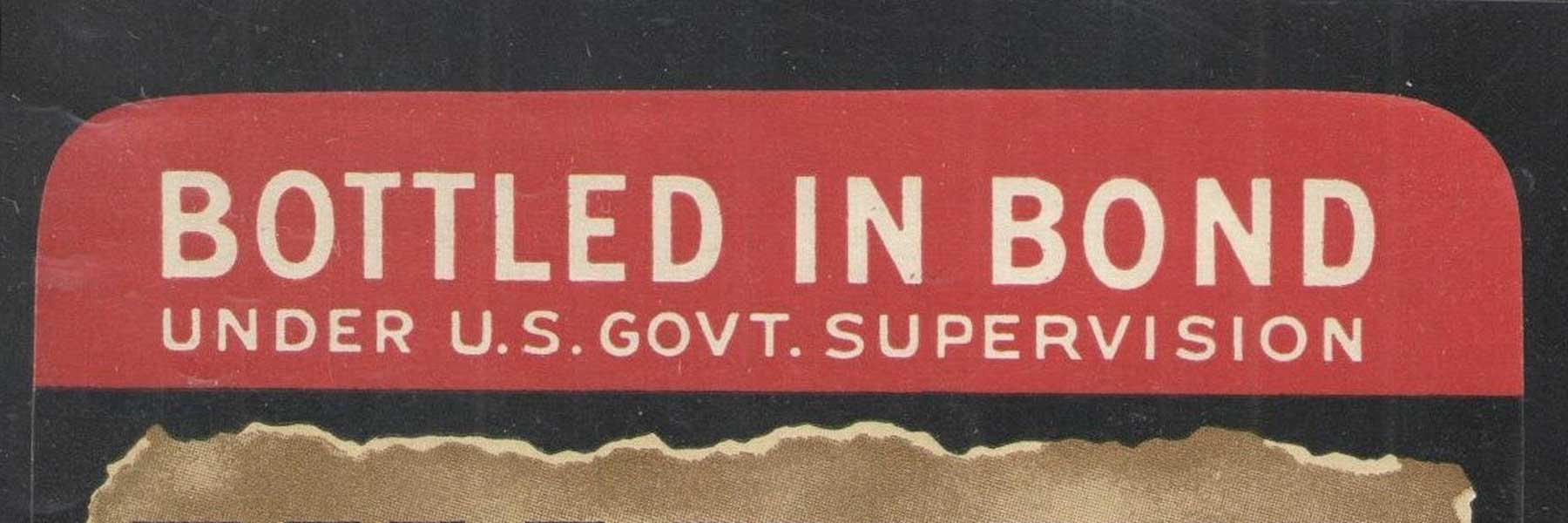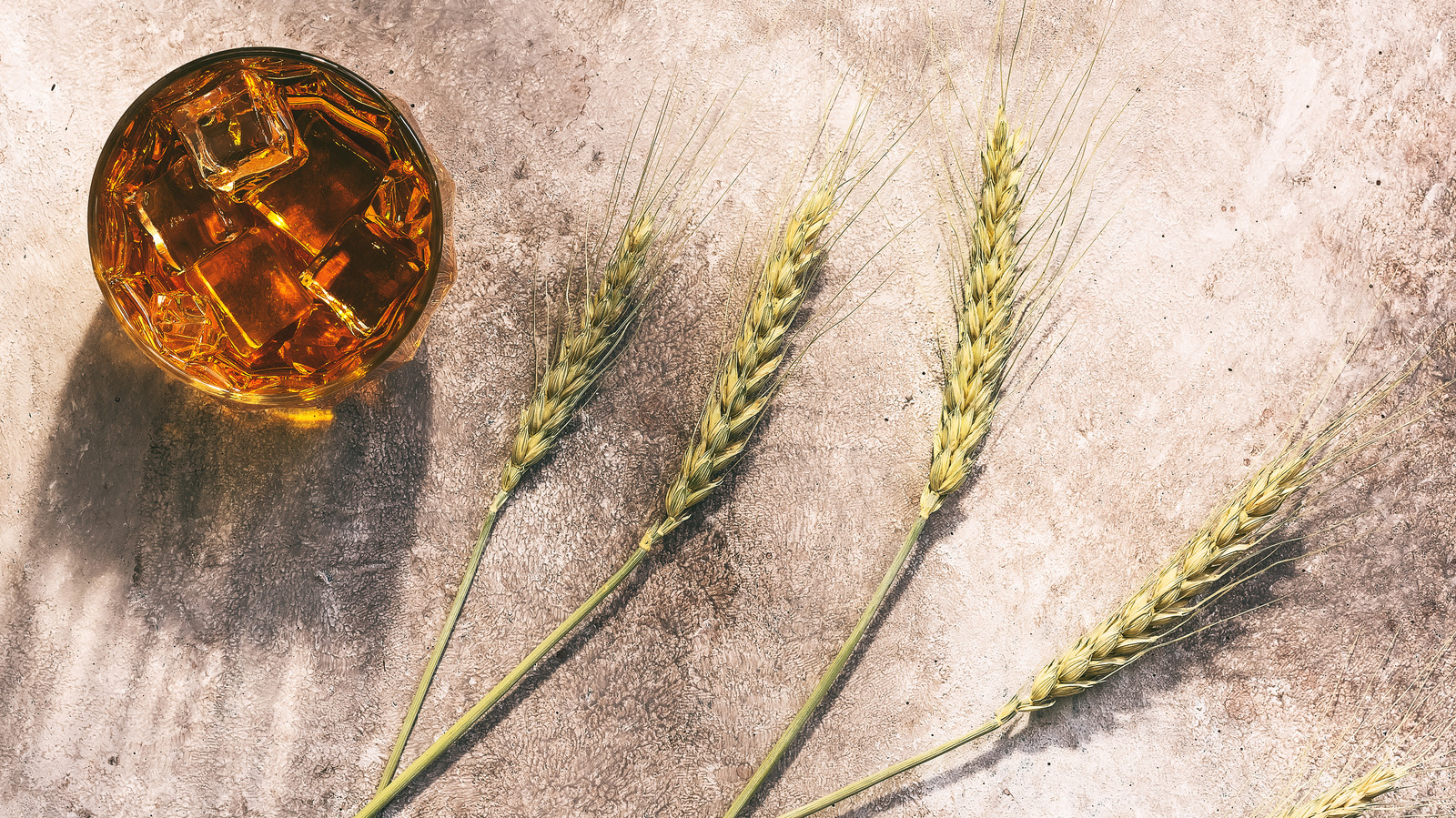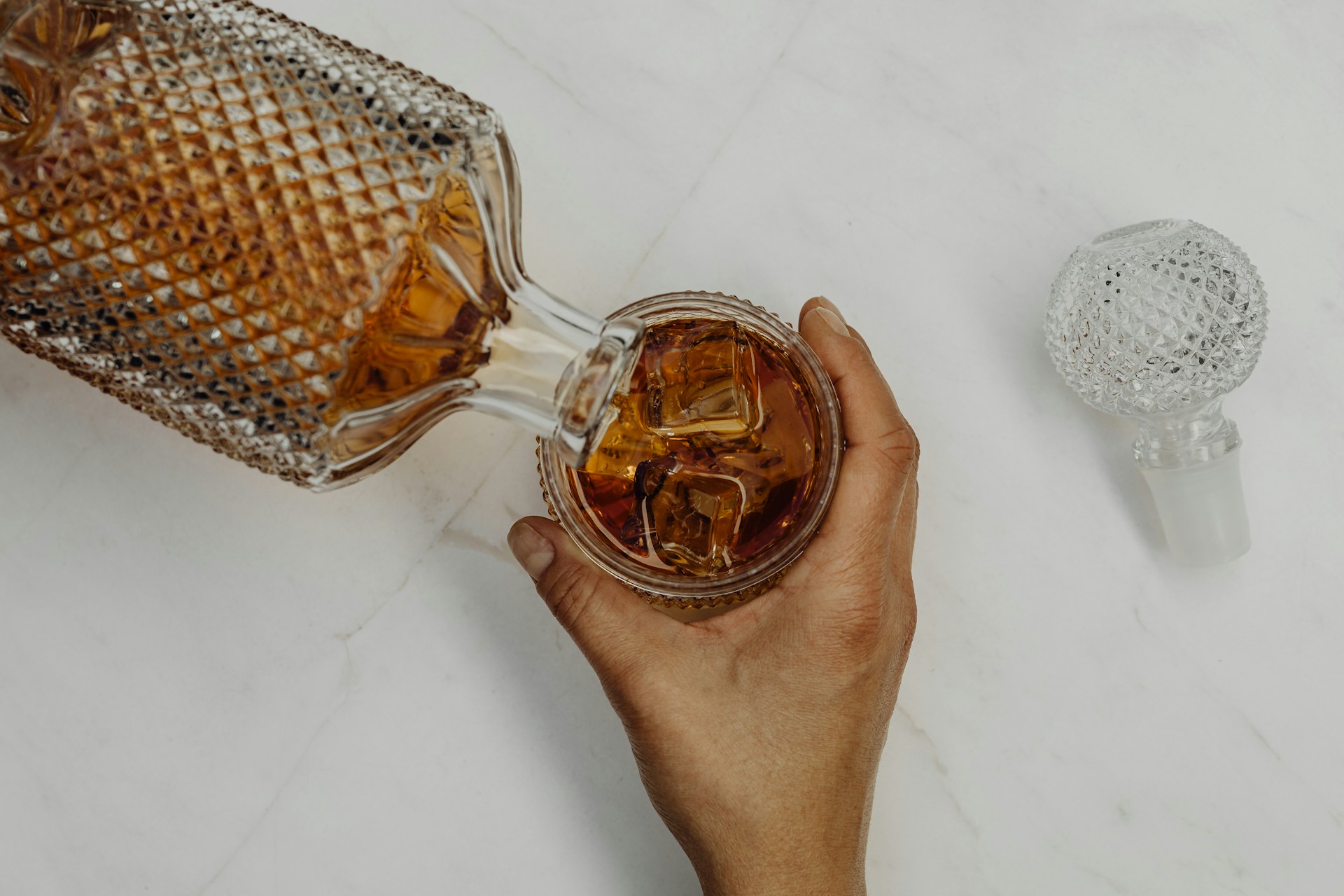How Is Scotch Made? – The Art of Crafting Single Malts
Few beverages command the reverence and appreciation that Scotch whisky does. Steeped in history and tradition, every bottle of Scotch has its own unique journey from the fields of golden barley to the amber liquid glowing into your glass.
For the curious, this blog post delves into the intricate and time-honoured process of crafting single malt Scotch whisky, revealing the dedication and expertise required at each step.
Let’s see how this beautiful spirit is made.
Single malt Scotch whisky is made using three ingredients; malted barley, water and yeast. First the barley is malted to enable it’s natural sugars to be extracted and later fermented by yeast into beer. The beer is then double distilled using pot stills to refine it into new make spirit which is then matured in oak casks for a minimum of three years and one day. The minimum required strength of Scotch is 40% ABV.
This brief description is simply the tip of the iceberg when it comes to the fascinatingly simple but specific process of making single malt Scotch whisky. Let’s dive deeper and explore each step in detail.
How Is Scotch Whisky Made Step by Step?
#1 Barley Selection
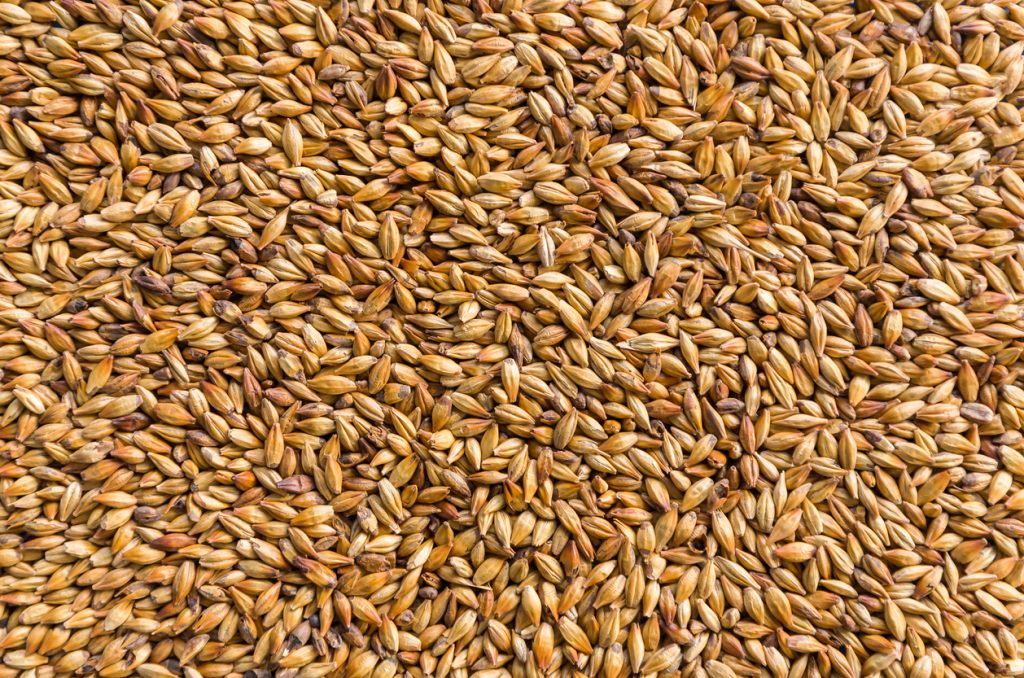
The journey of single malt Scotch whisky begins with the selection of high-quality barley. This barley must be of a specific variety, chosen for spceific qualities and characteristics to produce the best malt for making whisky. Quality and consistency are paramount, as the initial selection influences the entire production process, affecting the flavour and character of the final spirit.
#2 Malting
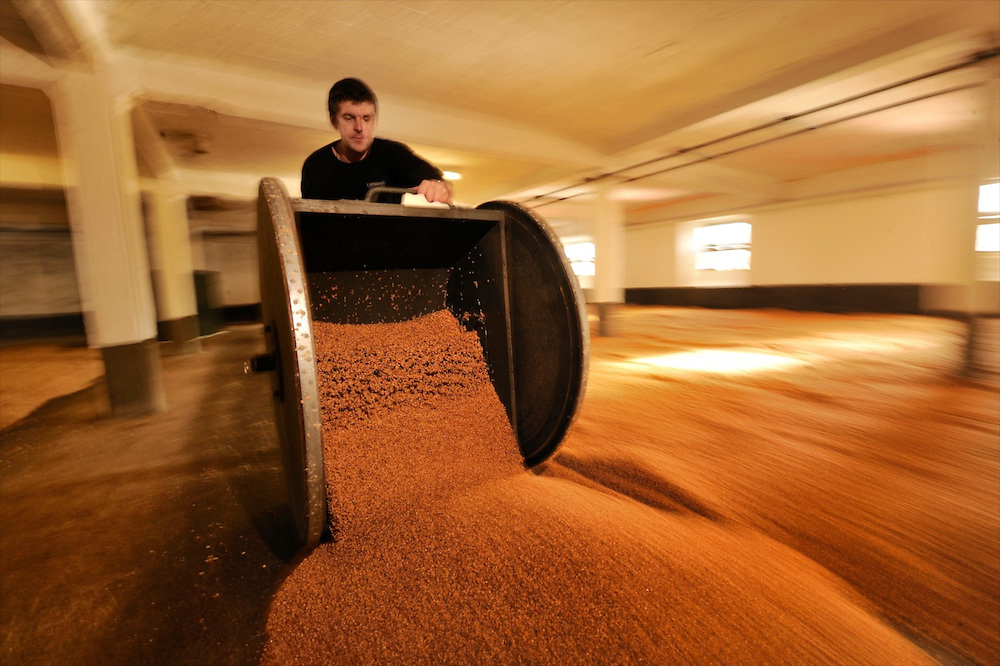
To make Single malt whisky, the barley must undergo three stages of ‘malting’. This process makes the grain suitable for mashing and fermenting which is discussed further below.
Soaking (steeping) the grain in water multiple times to ‘fool the grain’ into sprouting.
Germination activates the grains’ natural enzymes which breaks down its starches into fermentable sugars.
Kilning (heating) halts the germination from growing too much, stopping the grains from growing too much at just the right stage. Peat may or may not be used to impart smoky flavours which you can read about here.
#3 Milling
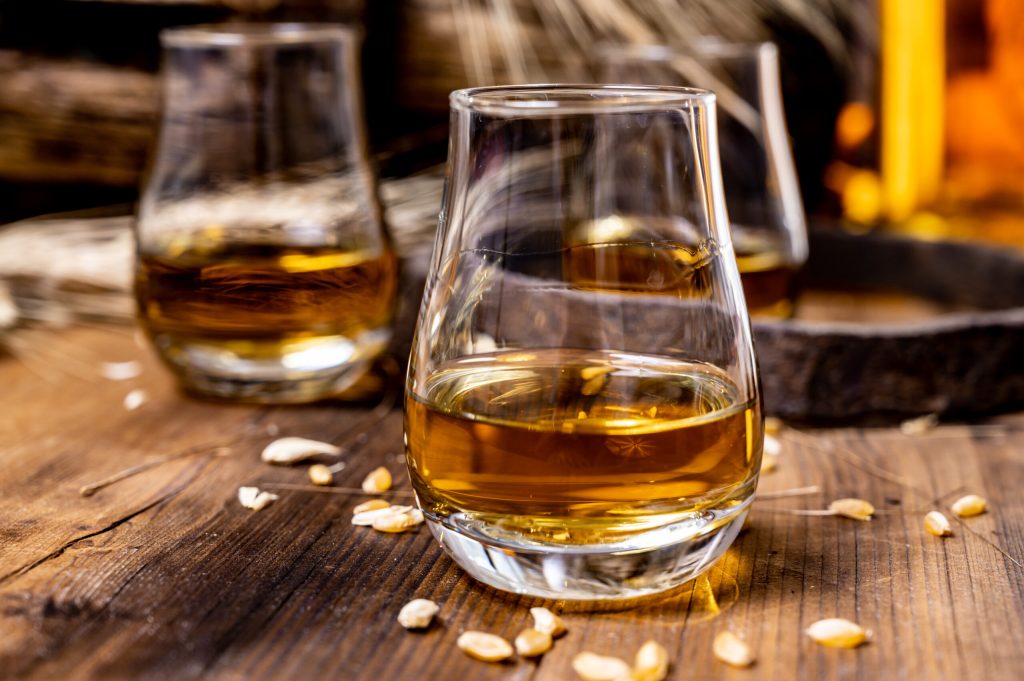
Now fully dried, the malted barley is then ground using a motorised milling machine which breaks-down the grain into a coarse flour known as grist. The grist contains various particle sizes known as husks, grits and fines which ensures the most efficient extraction of fermentable sugars during mashing.
Example grist ratio:
- 20% husk (Coarsest)
- 70% grits
- 10 % flour (Finest)
#4 Mashing
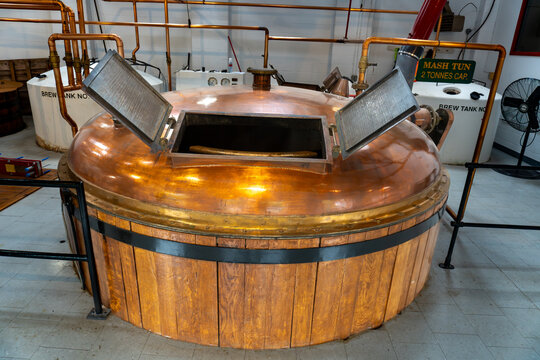
The grist is mixed with hot water in large vessels called mash tuns. Via heat and motorised agitation, this porridge-like mixture is drained and refilled up to four times (batch infusions) to extract the maximum amount of sugar from the grain. Each batch of drained sugary liquid is collected as ‘wort’ whilst the remnant ‘spent grains’ (solids) are dried and sold as animal feed known as draff.
#5 Fermentation
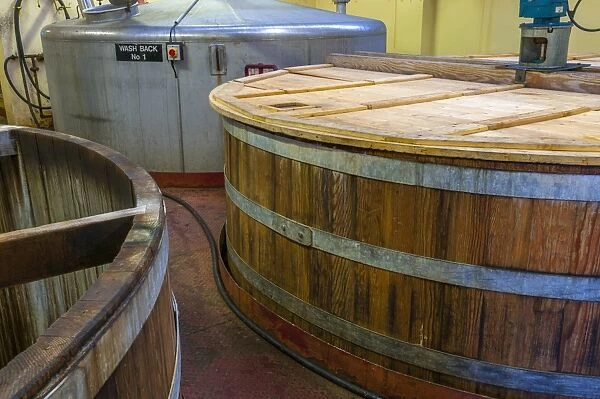
The sugary wort liquid is then transferred to large cylindrical fermentation vessels called washbacks, where distiller’s yeast is added. Frantically (and violently) the yeast immediately begins to feed on the wort’s sugars, producing alcohol and carbon dioxide over several days. The result is a low-alcohol liquid known as wash, roughly equivalent to a strong beer around 14% ABV.
#6 Distillation
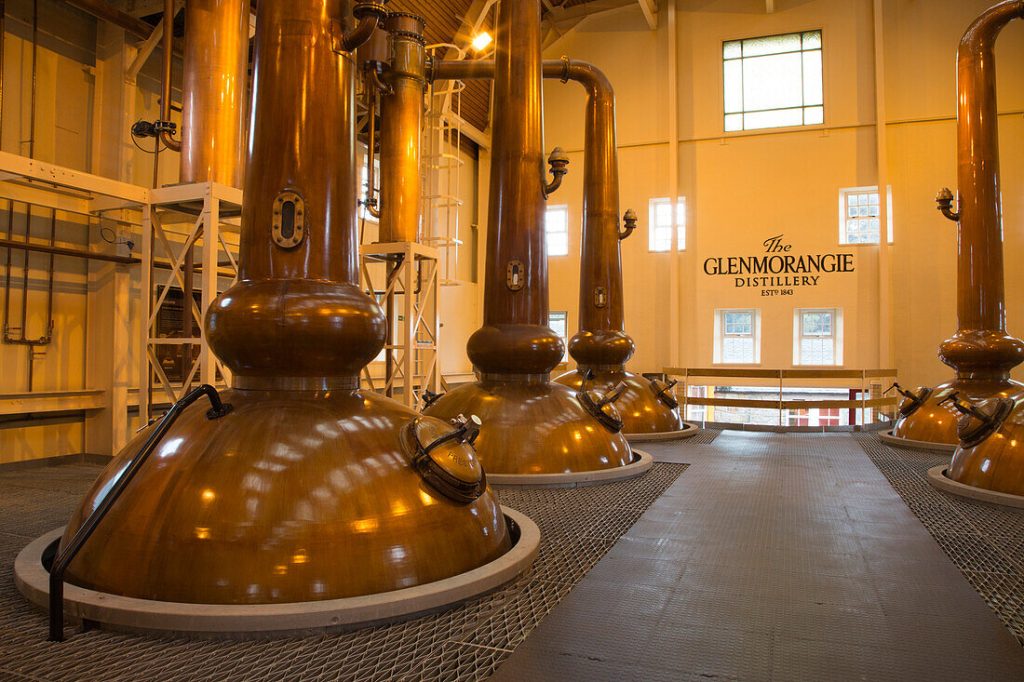
The wash then undergoes a two-stage distillation process in traditional copper pot stills. The first distillation occurs in the wash still, boiling the wash which separates the alcohol from the water and other components to create a liquid known as low wines. The low wines (around 30% ABV) is then distilled a second time in a slightly smaller spirit still. This second distillate is much stronger at around 65% – 85% ABV and is known as new make spirit. Not quite whisky yet, this clear coloured spirit is ready for cask maturation.
#7 Maturation
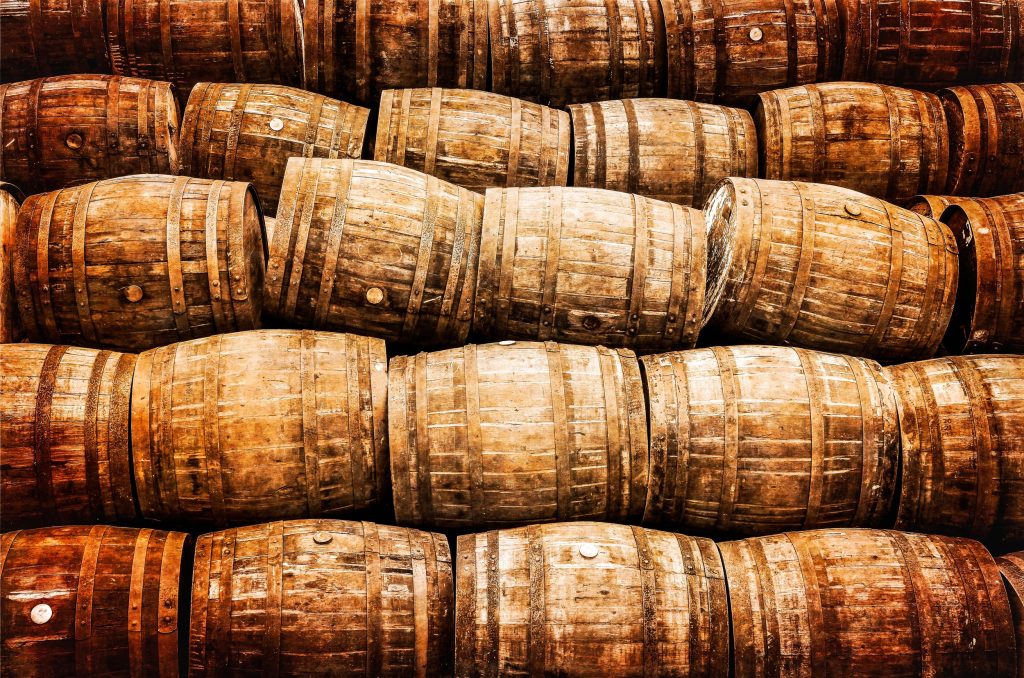
The new make spirit is transferred into oak casks for aging. The type of oak, previous contents, and the duration of aging all influence the flavour and complexity of the whisky. By law, Scotch must mature for at least three years (and one day) but many single malts are aged much longer to develop deeper flavours.
#8 Marrying
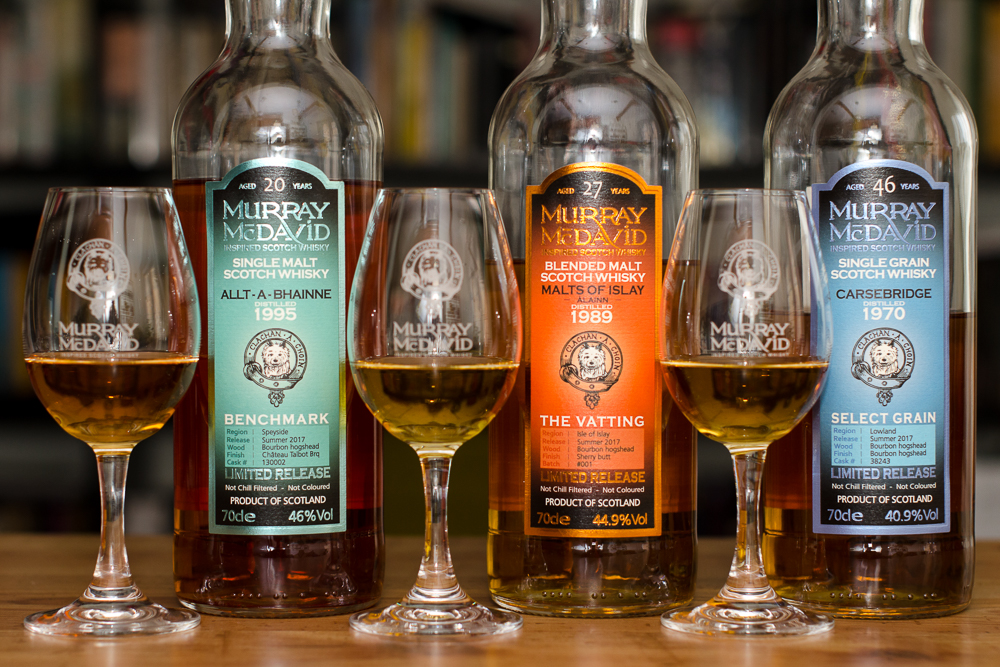
After maturation, different casks of whisky from the same distillery are then mixed together in a process is known as marrying or vatting. Marrying combats the wildly varying results of maturation which are entirely unique to each cask, helping distilleries to achieve consistent colour and flavour.
The youngest whisky in the marrying mix determines the labelled age of the whisky. If a single malt is stated as 12 years old, older whiskies may be present, but not younger ones.
NB: This stage mustn’t be confused with blended whisky which uses multiple whiskies from multiple distilleries.
#9 Bottling
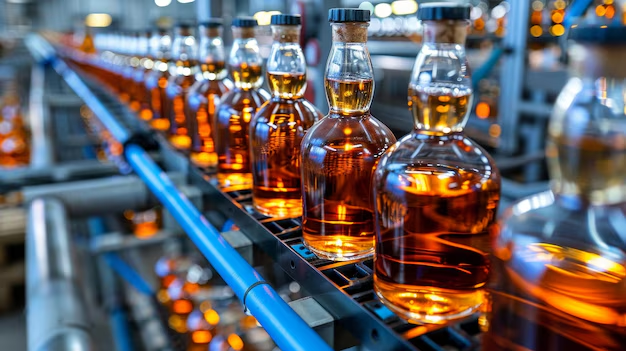
After maturation and marrying, the whisky is then cut (diluted with water) to the desired alcoholic strength and then bottled. It is then labelled and packaged, ready to be enjoyed by whisky enthusiasts around the world. Depending on the distillery, chill filtration may be used to prevent cloudiness (flocculation) at low temperatures.
FAQs
1. How is Scotch different from whisky?
Scotch must be made in Scotland, whereas whisky can be made anywhere in the world. Whisky is a collective term used to describe distilled alcohol spirit derived from fermented cereal grains such as barley, corn, wheat or rye. Canada and Japan spell whisky without an e, whilst Ireland and America spell it as whiskey.
2. What is the main ingredient in Scotch whisky?
Malted barley is the only permitted cereal grain used to make single malt Scotch whisky, providing the essential sugars needed for fermentation. Water and yeast are the only other permissible ingredients with the exception of E150a (caramel spirit) for colour adjustment.
3. How does whisky become Scotch?
Whisky becomes Scotch through a strict production process that is regulated by law. First, the whisky must be distilled and matured in Scotland for a minimum of three years. Single malt Scotch must also be made with malted barley only and aged in oak barrels for a minimum of three years. These regulations ensure that only authentic Scottish whiskies can bear the name “Scotch.” Other whiskies from around the world may follow similar production methods but cannot be considered as Scotch.
4. What is the difference between single malt and blended Scotch?
Single malt Scotch is made from 100% malted barley, distilled at a single distillery, and aged in oak barrels for at least three years. Blended Scotch combines multiple whiskies from different distilleries, including both single malts and grain whiskies. This allows for a wider range of flavours and styles, making blended Scotch more approachable to the general consumer.
Conclusion
- Single malt Scotch is made using malted barley, water and yeast.
- The process of crafting Scotch involves malting, mashing, fermenting, distilling, cask ageing, marrying and bottling.
- Scotch whisky must be made and aged in Scotland for a minimum of 3 years and one day.
- Barley provides the flavours and necessary sugars which can be fermented by yeast into alcohol.
- Fermentation creates flavour and alcohol which is refined and extracted via distillation.
- Single malts must be distilled using pot stills.
- New make spirit only becomes whisky until after a minimum maturation period of 3 years and one day.
- Marrying allows greater colour and flavour consistency due to the variance of cask maturation.
- The youngest single malt in a marriage denotes the official age of a single malt.
- Marrying is not the same as blending.
So there you have it, a wee journey through the creation of Scotch. It’s a labour of love, tradition, and patience, yielding a drink that’s more than just a beverage—it’s a piece of Scottish heritage.


